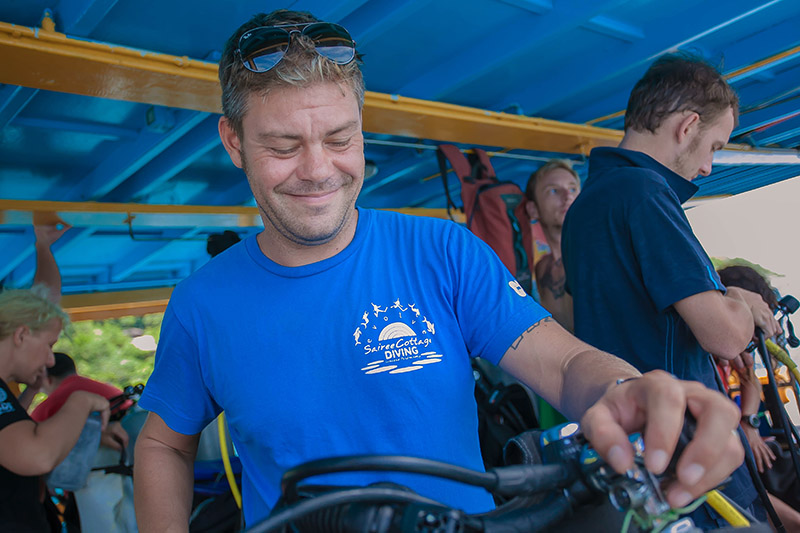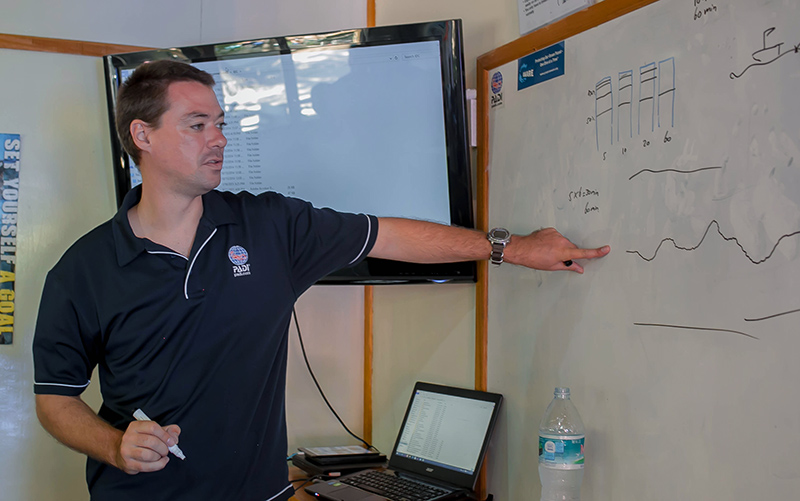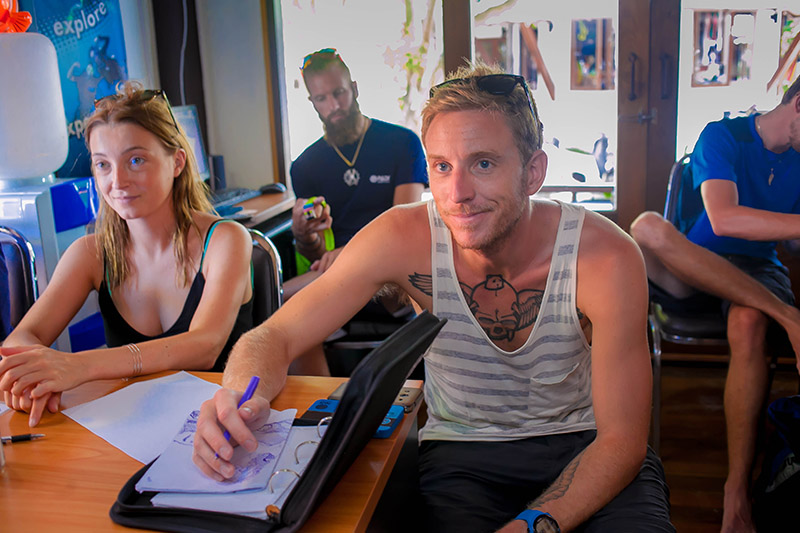What are sawtooth profiles? What are the dangers of sawtooth profiles? Why should we not dive sawtooth profiles? For years, the dive community has recommended that you make your first dive of the day your deepest, and make subsequent dives progressively shallower. Similarly, the recommendation has been that on any given dive, you start at the deepest point and work progressively shallower.
Sawtooth Profiles
At one time, sawtooth profiles (dives with lots of up and down depth changes) and reverse profiles (a series of dives in which a deeper dive follows a shallower dive) were seen as highly hazardous. Scuba manuals (including PADI’s) had stern warnings about the dangers of sawtooth profiles and reverse profiles.
Despite the cautions, though, with the rise of dive computers, new dive data has shown that divers were making such dives in growing numbers, but, perhaps surprisingly, these people weren’t suddenly filling the world’s hospitals and recompression chambers. The “danger” wasn’t manifesting itself as many would have predicted.
In 1999, a large group of physiologists and Dive Community experts met at the Smithsonian Institute to discuss reverse profiles. After two days of examining the data available, the workshop concluded that there was not any strong evidence that reverse and sawtooth dive profiles have demonstrated a higher risk of Decompression Sickness. Based on historical information, the group consensus was that the origin of the “no reverse profiles” recommendation came from the huge repetitive dive penalties that result when you plan such dives with the US Navy tables – not from any known DCS safety issues.
The workshop suggested that it is reasonable to “relax” the restriction, especially for no stop dives shallower then 40 meters/130 feet and reverse depth differences of 12 meters/ 40 feet or less.
While there is probably nothing wrong with minor up and down variations on a dive, nor does there appear to be a significant risk from following a shallower dive with a deeper dive, the majority of formal dive testing has been with traditional forward profiles. Therefore, the recommendation still is to plan to make your deeper dive first, and on each dive to start deep and progress shallow. If circumstances call for a sawtooth or reverse profile, it is wise to do so very conservatively, to stay well within limits and to make a safety stop (perhaps longer than three minutes). This isn’t because of a known risk, but because there’s a relative lack of formal testing for this type of diving.
By the way, a third problem profile is bounce diving – making series of short deep dives separated by short surface intervals. There’s some evidence that such dives may have a higher DCS risk, and that DCS, if it occurs, is more likely to have the most serious symptoms.
You can calculate bounce dives with your computer or tables. Not because there’re okay, buy because the computer/table doesn’t want to leave you stuck with no information. If you need to dive repeatedly to a deep site, do so conservatively. Ascend slowly and keep ample reserve for a good safety stop. And even if you are ready to dive sooner, wait no less than one hour between dives – longer if you can.
Learn more about sawtooth profiles and reverse profiles during your IDC course at one of the best dive schools in Asia and get your PADI Instructor certification after completing your PADI IDC program followed by the MSDT Internship at Sairee Cottage Diving. This is an eco friendly IDC program including free environmental lectures on topics such as ProjectAWARE and CoralWatch. Watch dive instructor videos on our YouTube channel.
Like & Share



